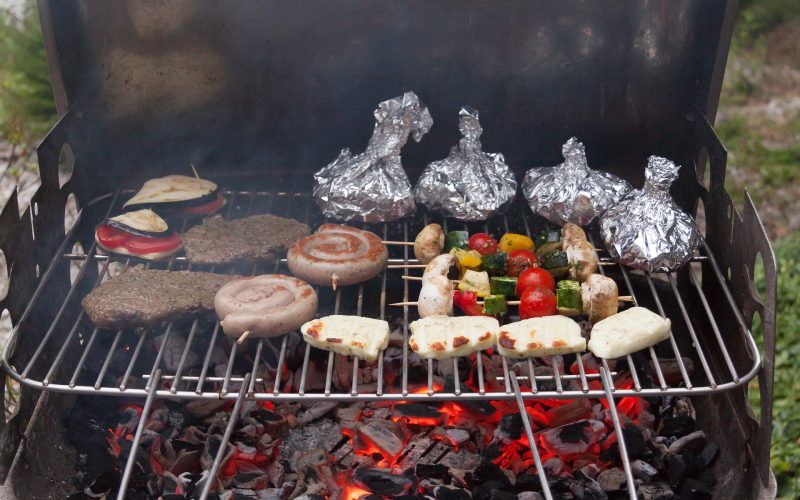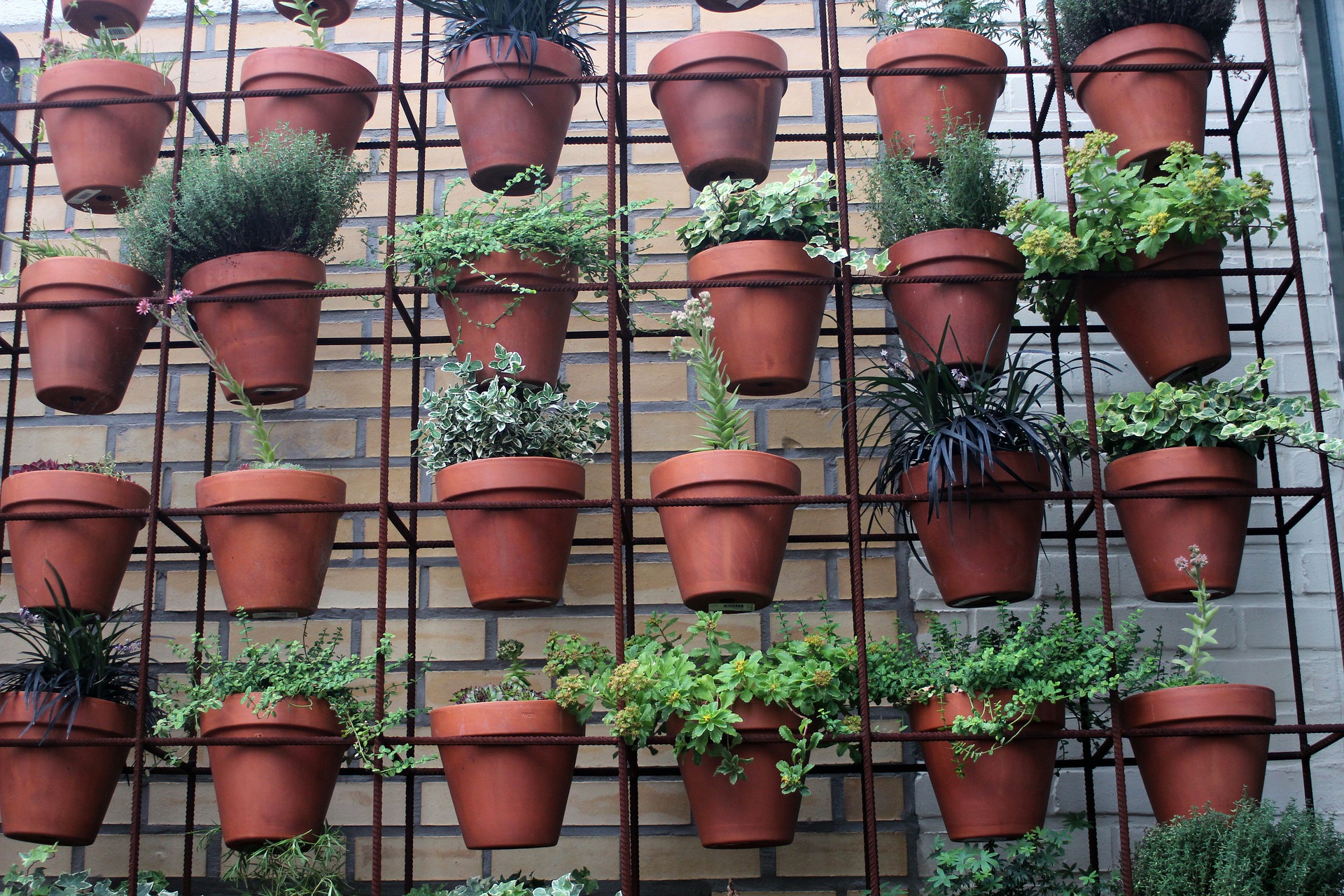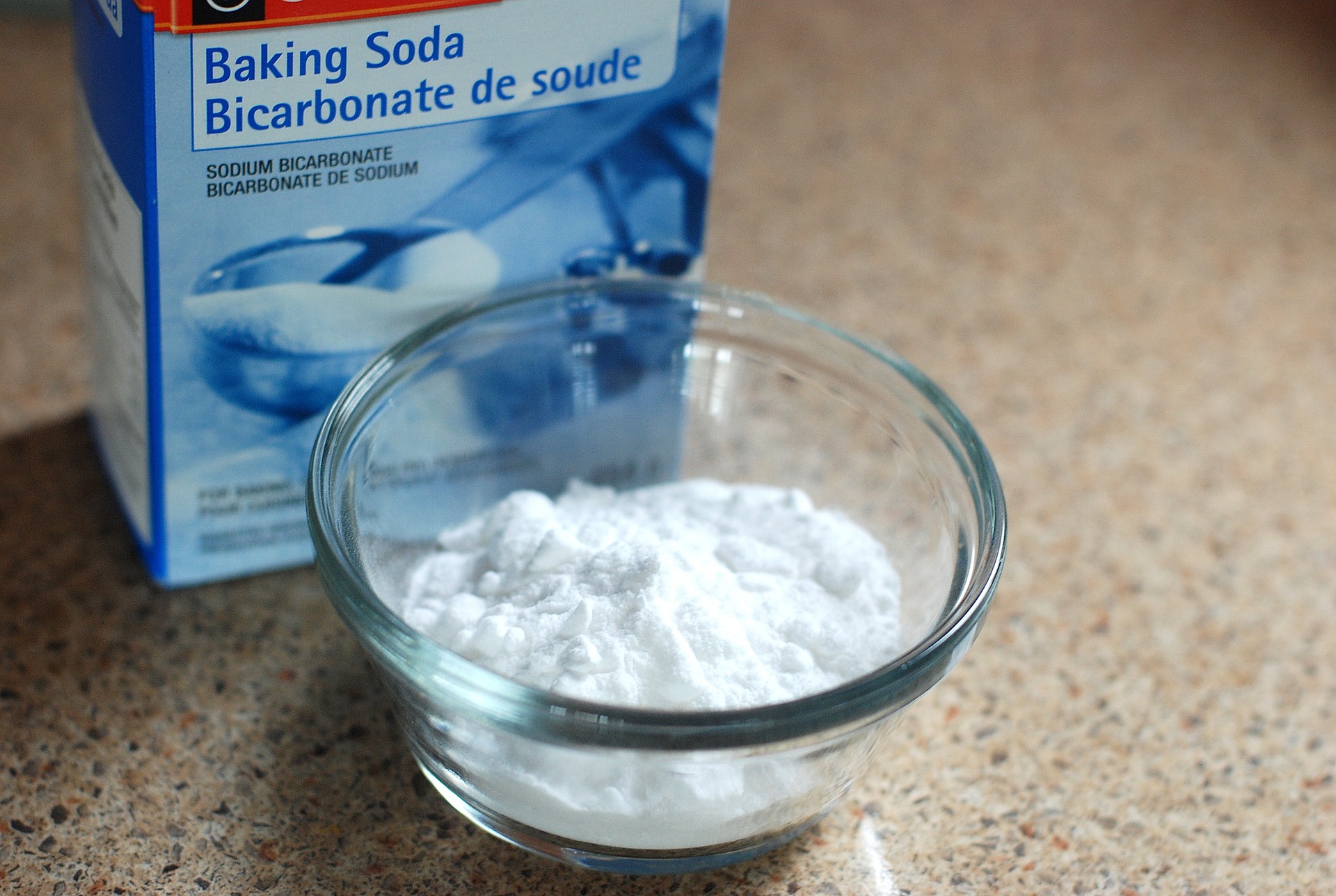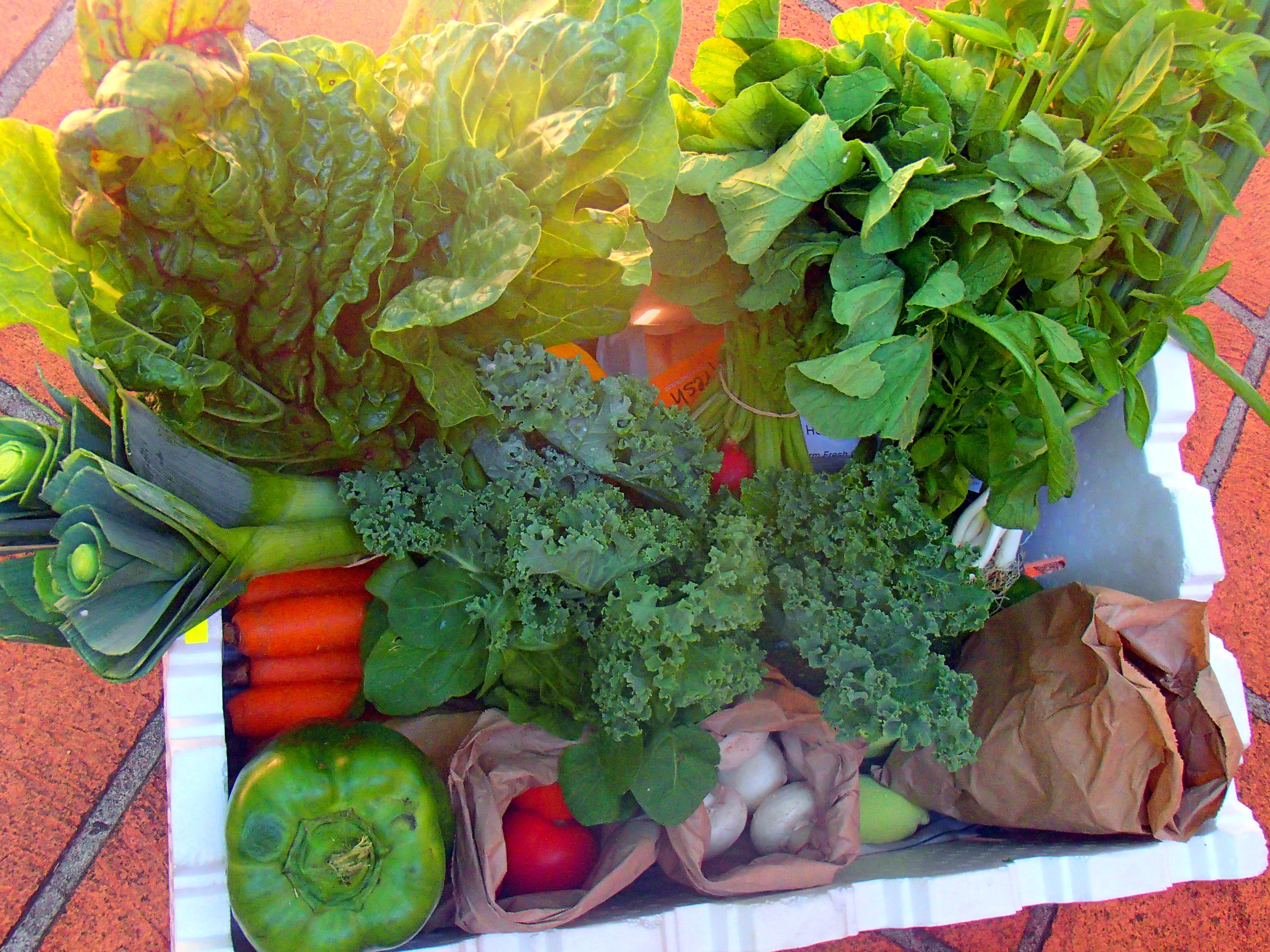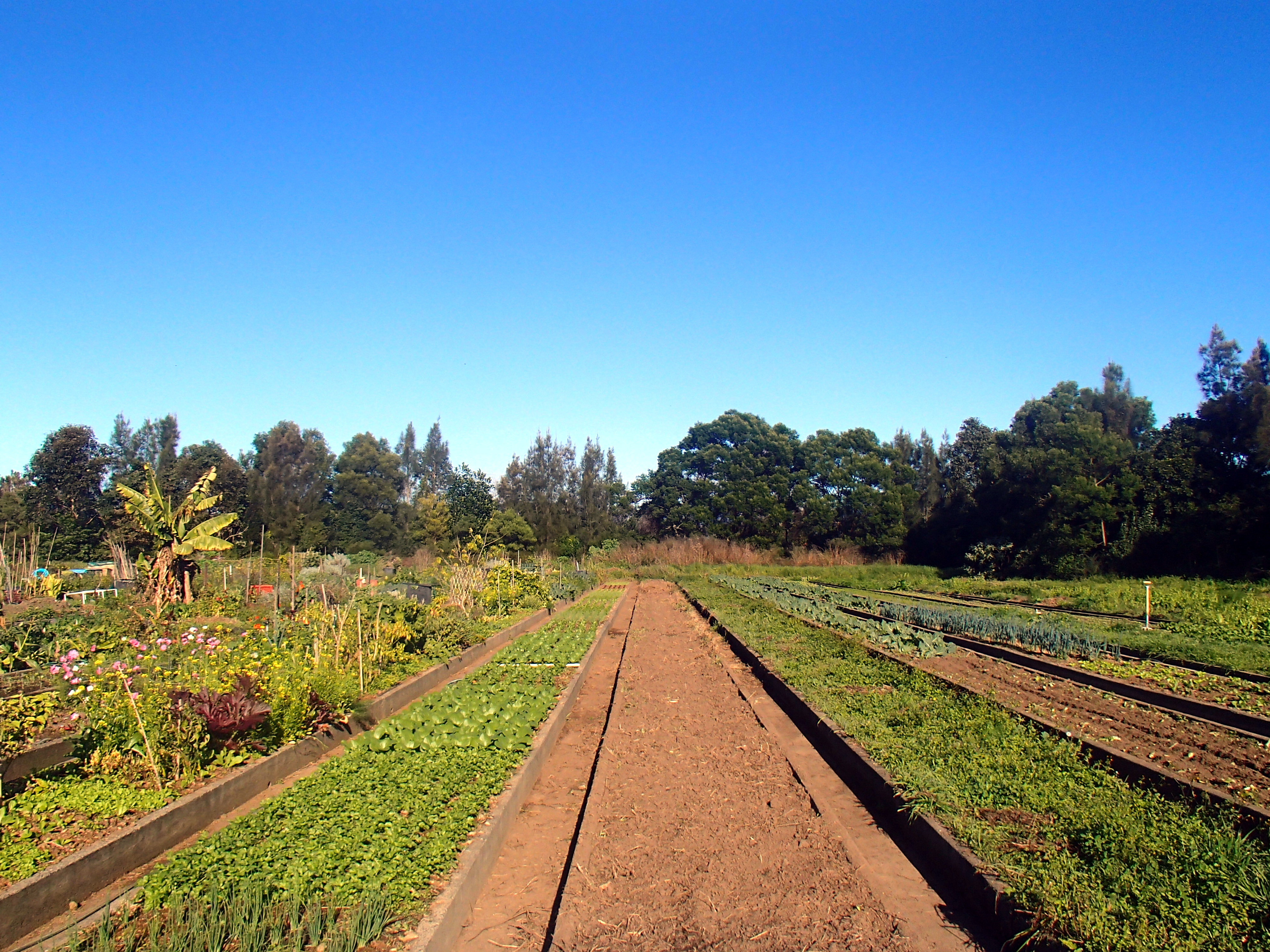Spring has arrived here in Australia. It’s getting warmer each day and with the increase in temperature, we’re also heading into the season of barbecuing again.
Here in our house getting the BBQ out is not an easy job. We have a charcoal barbecue, not a gas one like most households around here. And cooking with charcoal is considerably more effort than cooking with gas.
But there is nothing like a good charcoal grilled piece of meat or vegetable.
I sat down with my personal barbecue master, my husband and convert charcoal griller. We have had a Weber Kettle BBQ for the past ten years so a lot of his experience comes from cooking with this device.
What then is so great about cooking with charcoal?
Heat distribution and regulation
Charcoal barbecuing has the great advantage of different styles of cooking without spending an excessive amount of money on a fancy barbecue.
You can cook with indirect heat just as easily as with direct heat. Indirect heat is particularly great for larger pieces of meat and for slow cooking. It basically means that the hot charcoal is on one side of the barbecue and the food on the other. In combination with a lid, this technique becomes great for cooking because the chances of burning are greatly reduced.
One of my husband’s specialities is a leg of lamb. That usually cooks for about two to three hours on indirect heat. With the lid on the barbecue, the leg cooks nicely on the inside without burning on the outside.
Heat distribution in a charcoal barbecue also corresponds to the amount of charcoal used. You can burn a lot of charcoal and reach a very high temperature (which is great for indirect heat) or you can use less charcoal and thus grill at lower temperatures.
However, it all takes a lot of experience. My husband has been cooking with charcoal for about ten years now and there are still things to learn.
Turning barbecuing into an event
Have you ever been to a party where everyone flocked around the barbecue to see the food being prepared? This works great with a charcoal barbecue (and it’s very impressive).
Cooking with charcoal has an element of nostalgia to it that gas BBQs cannot replicate. Cooking with charcoal takes time. And this time can be well spent talking about the food, the charcoal, and life in general.
But it’s not just for parties that I prefer charcoal over gas, it’s for everyday cooking. I prefer the slow pace of cooking over a quick meal. And since we don’t eat meat very often as it is, we might as well turn into an event for the family.
Working with a charcoal BBQ
What fuel?
The cooking process of a charcoal BBQ starts with the choice of fuel: charcoal (and there are different kinds) or briquets, or even wood (which is the original form of charcoal and might not be suitable for cooking with). A mixture of these fuels might also be a great option, particularly if you want the smoky flavour of wood in your food.
Once the fuel is decided upon, it’s time to decide the amount needed. There is no hard and fast rule on how much fuel for how much food. As I said before, large amounts of fuel can create high temperatures which can be great, or not.
For actually starting the BBQ it’s great to have a preheater, known as a chimney starter. It’s not essential but it makes life easier and the food taste better. If you are interested in using a chimney starter, check out this post by Smoked BBQ Source.
Which heat?
Once the charcoal (or briquettes or wood) are preheated, it’s time to make a decision: direct or indirect heat. This decision depends very much on the kind and amount of food you’re cooking. Also, when you’re using a BBQ without a lid, indirect heat can be tricky (it’s still great for veggies or cheeses so they don’t burn beyond recognition). Nevertheless, it’s important to figure out where the charcoal should go. A thin layer will burn cooler and quicker, a pile will hold its heat for longer and reach higher temperatures.
Once decided and having the BBQ prepared, the food can go on. It pays to heat up the grate for a few minutes before adding the food though. Preheating it means the food will stick less to the grate and any sugars in meat can caramelise. So, it’s a good idea to wait those two minutes and then to add the food.
When cooking large amounts of food, especially big pieces, it’s important to keep an eye on the temperature. If necessary, the BBQ can be refuelled by lifting up the grate. This is a tricky operation though and it’s best to avoid it.
The best at last – the dripping fat
Now, I’ve saved my personal number one reason for cooking with charcoal for last: the awesome taste it creates.
Cooking over charcoal adds a special smoky flavour to the food you cannot achieve with any other method of cooking. The fat from the meat will drip onto the coals and smoke up. Even veggies will catch this flavour and it makes them taste so much better.
Cooking with charcoal takes time, effort, skills, and experience but once you’ve had a lamb from a charcoal barbecue, you’re not going back.
